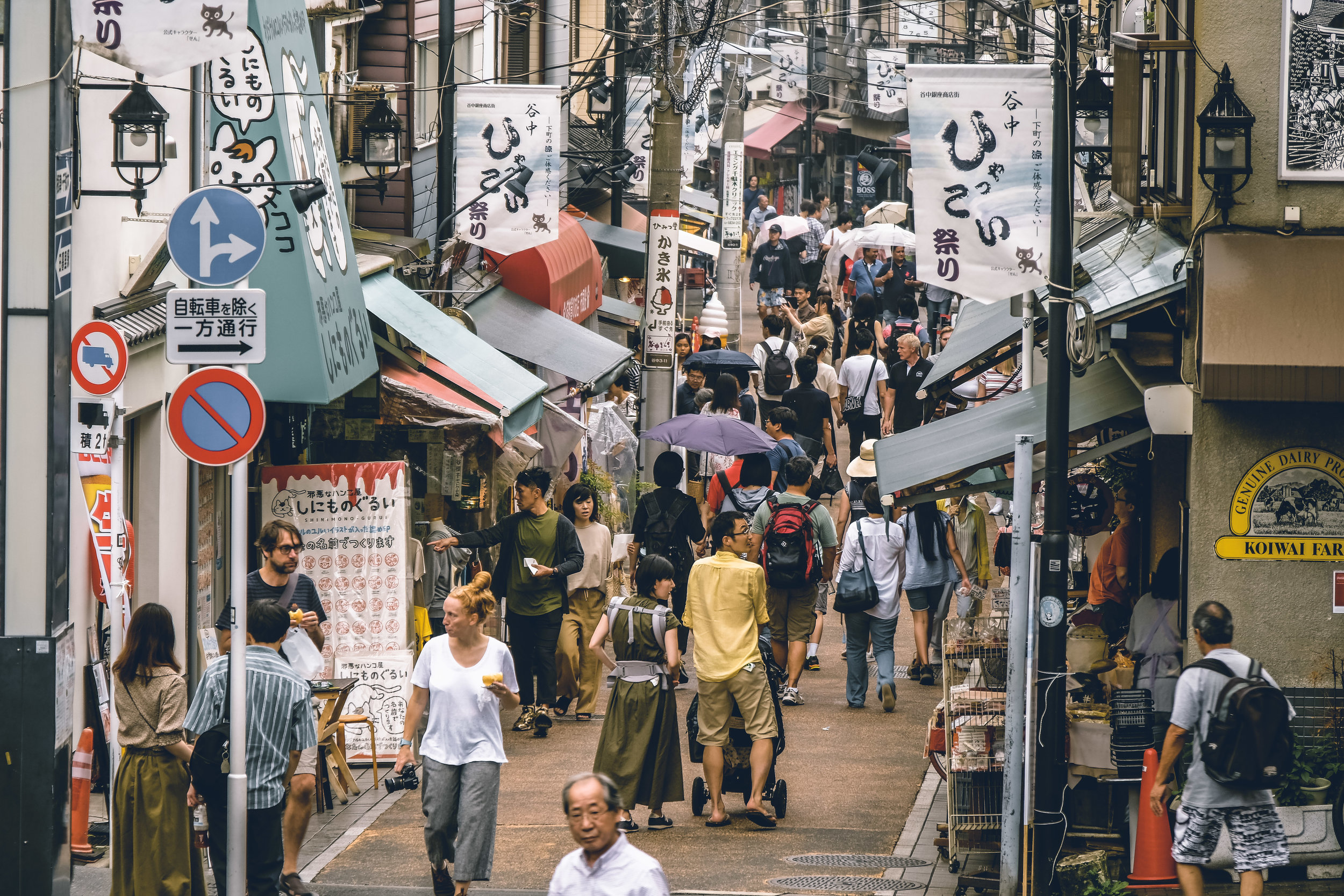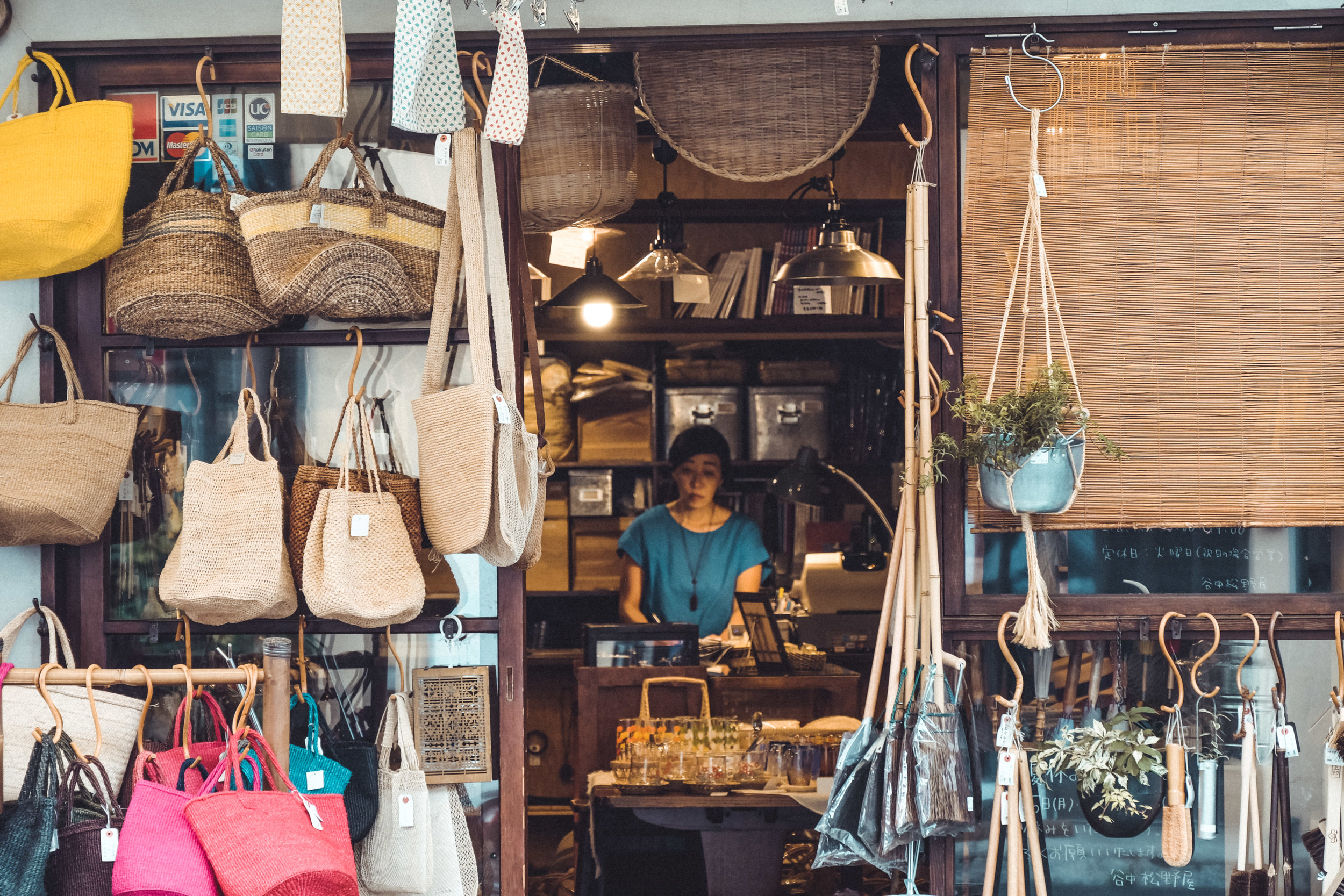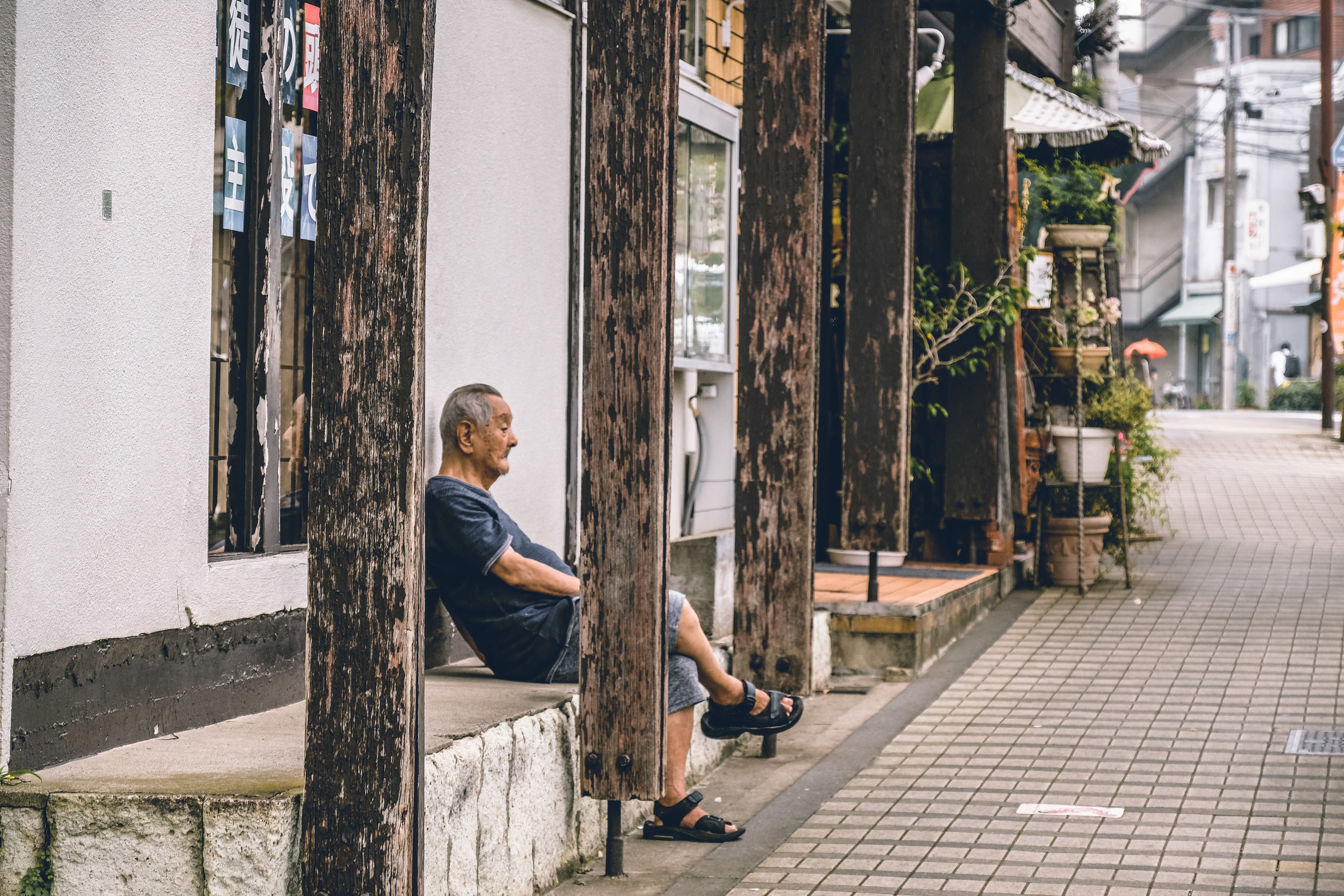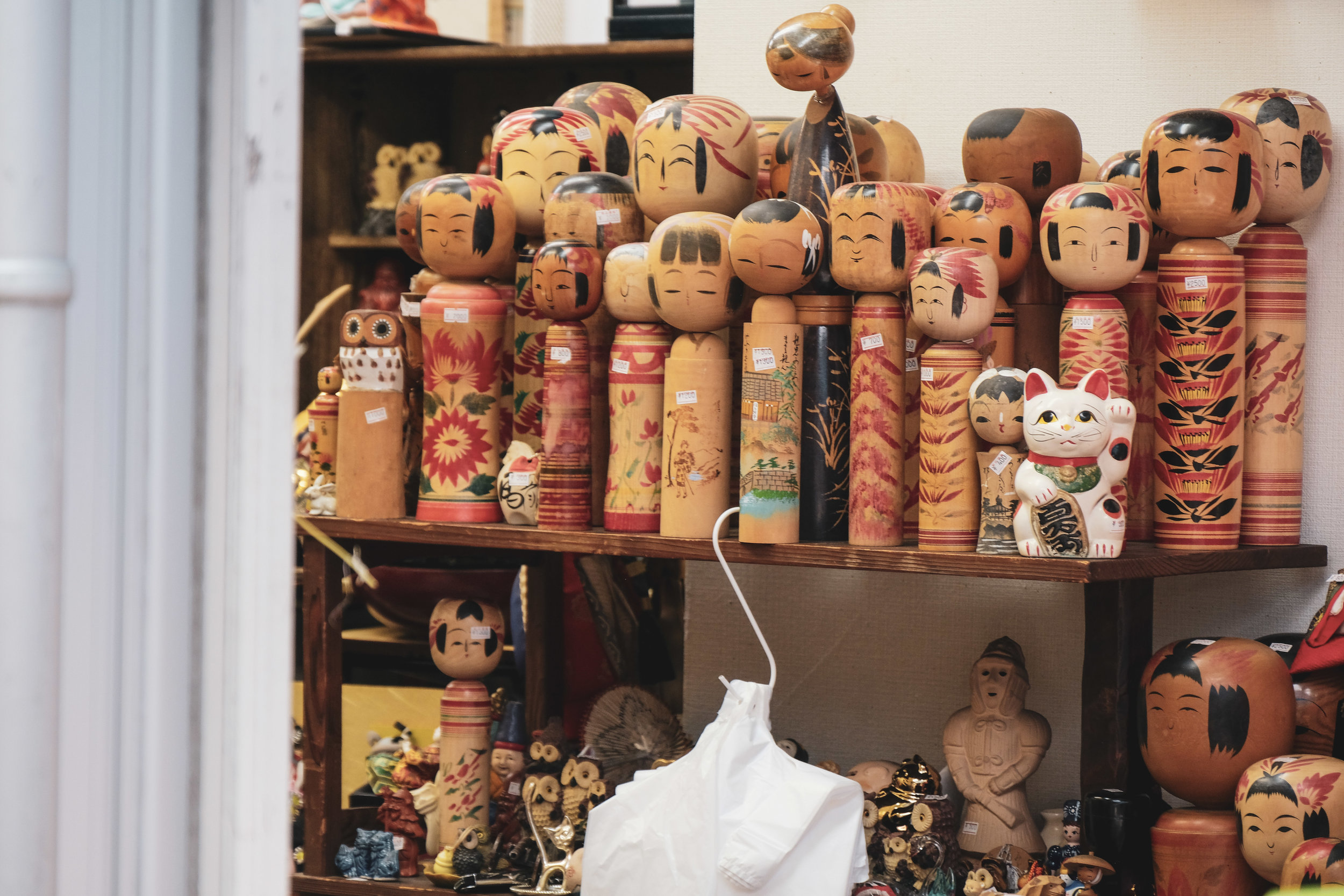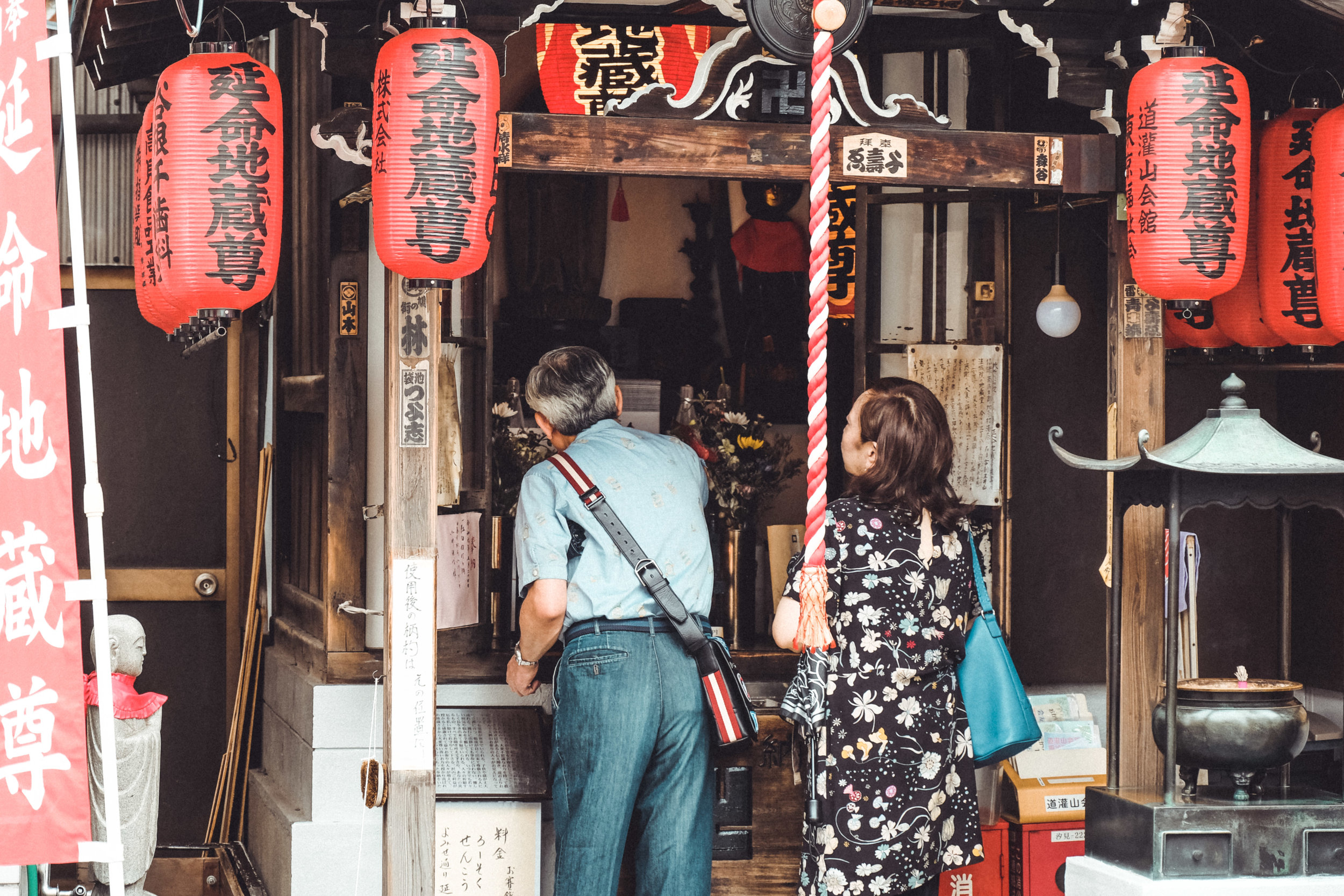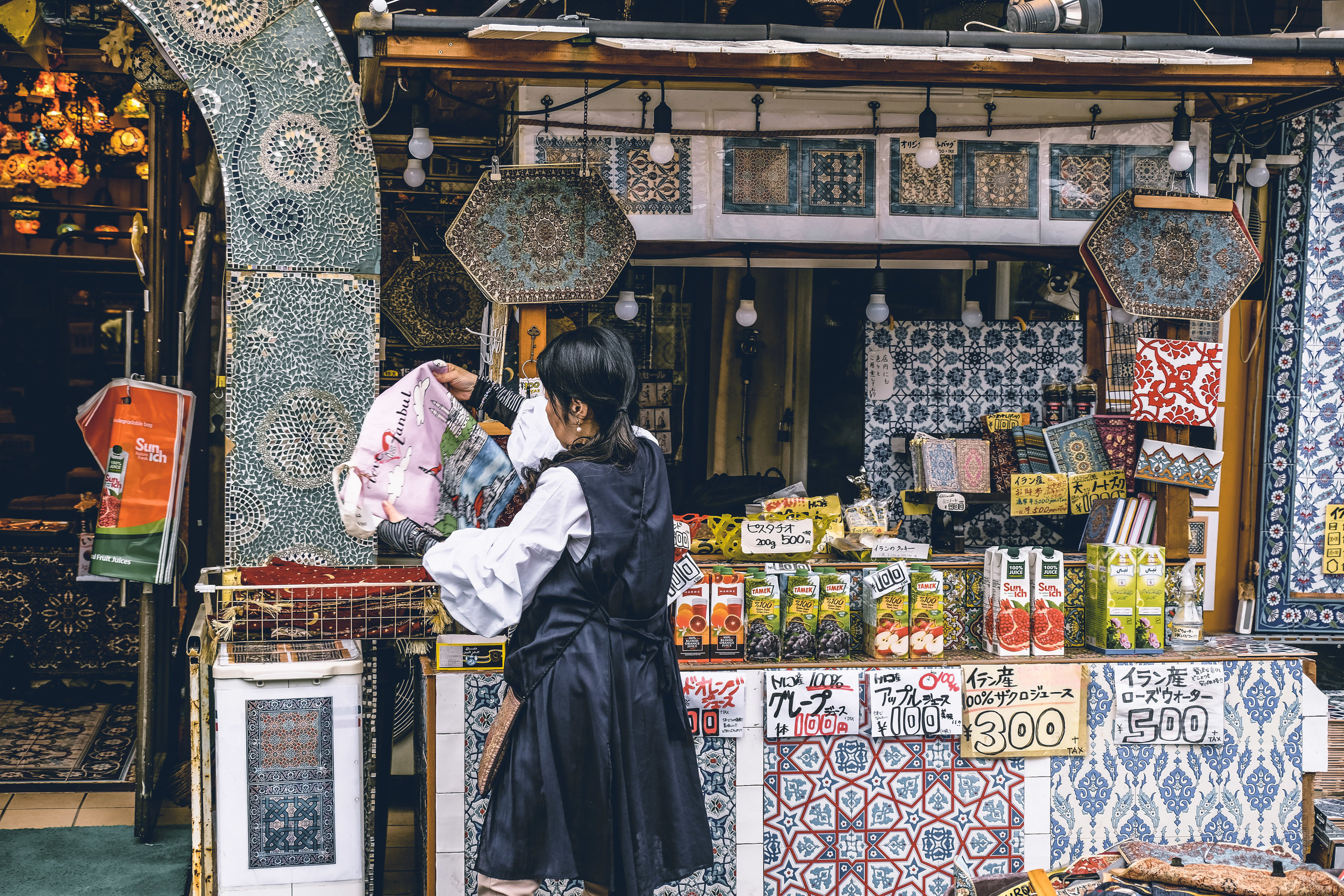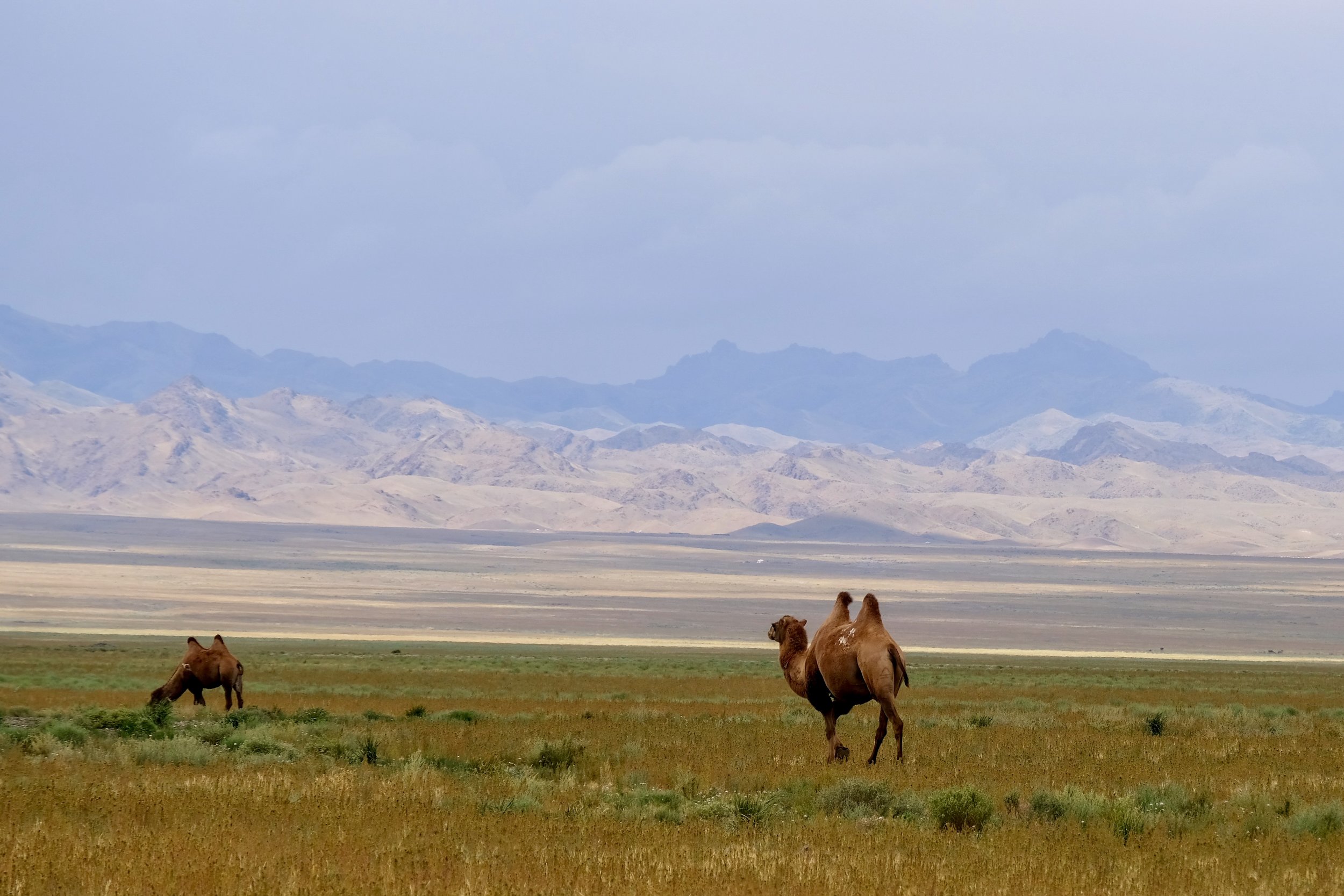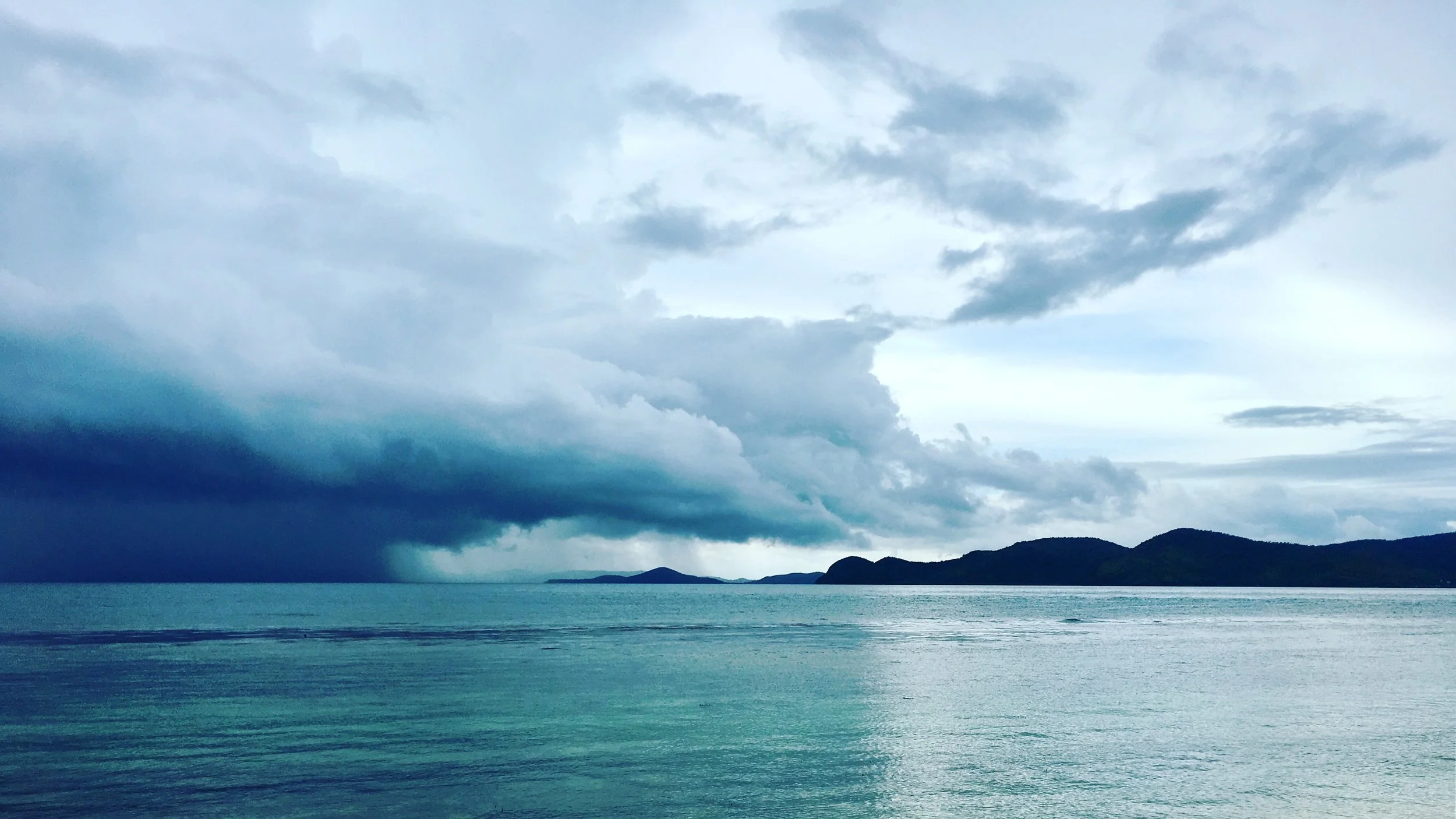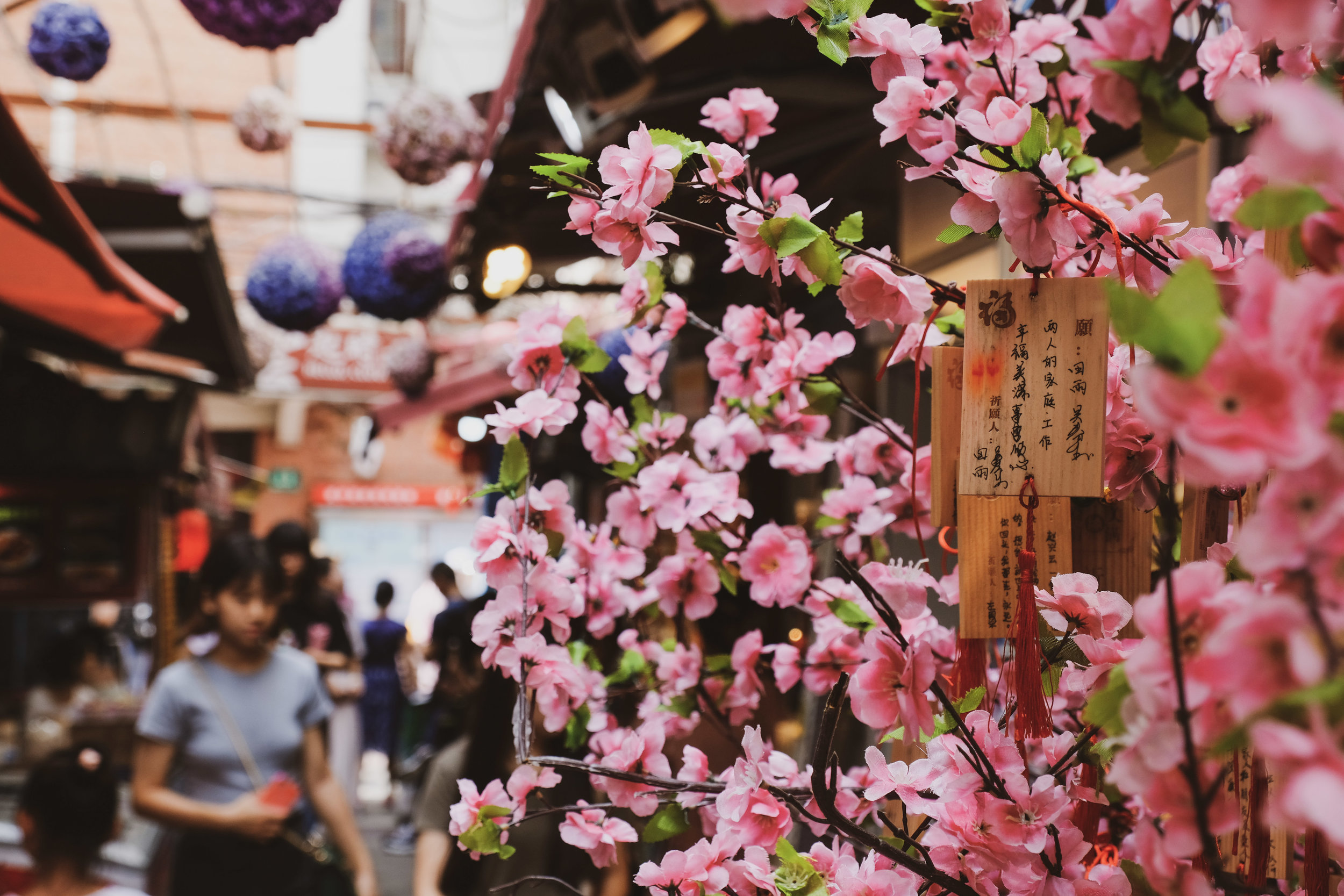Strolling Yanesen
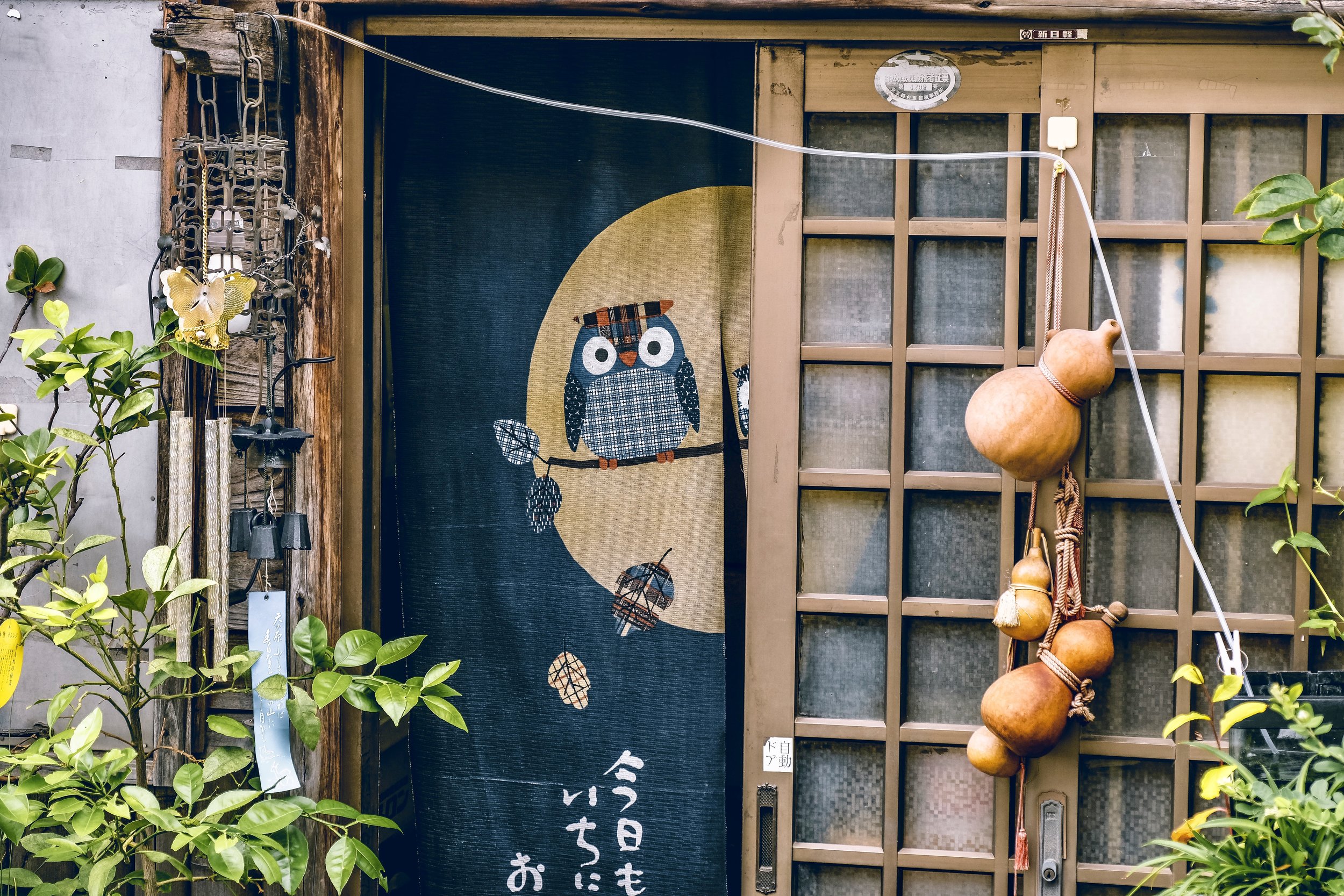
I’ve been to Tokyo a handful of times, mostly on business with little time to explore this massive mysterious city. When I do find a spare bit of time for exploration, I’m always at a loss as to where to begin. It seems the sort of place you really need to know to enjoy to its fullest extent.
Today, after consulting a few sources, I opted to wander over to where the areas of Yanaka, Sendagi and Nezu meet, often referred to as Yanesen, a name made up for purposes of marketing in the unfortunate tradition of Soho.
I took the metro to Nezu. Taking the subway in Tokyo had once been an intimidating and perplexing proposition. Now the signage and ticketing process is much more accommodating of foreigners. In fact, it’s pretty simple. Mix in a train or two and it’s still pretty confusing, but the metro itself is kind of a breeze. So getting to my first stop—the Nezu Shrine—wasn’t the challenge I expected it to be.
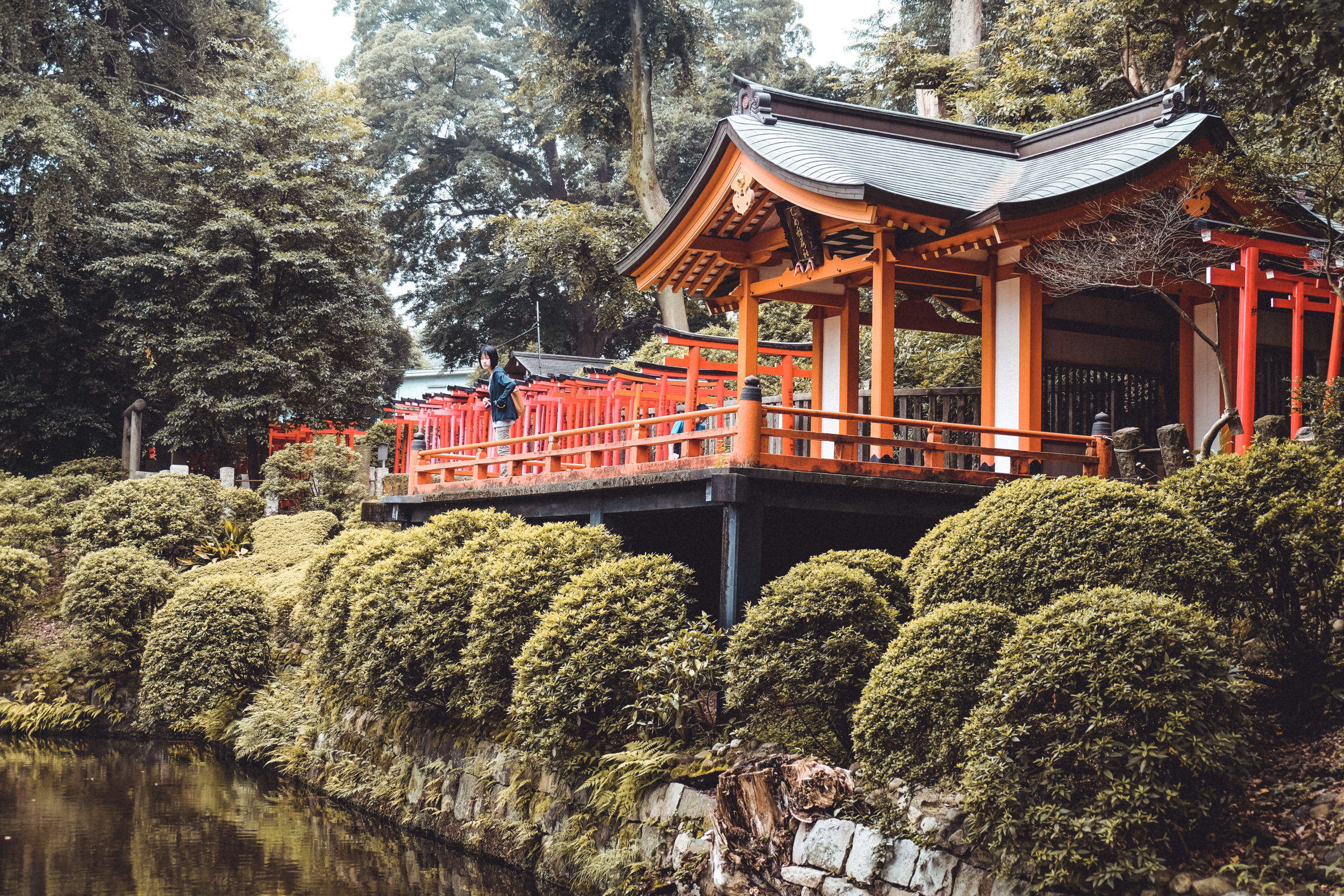
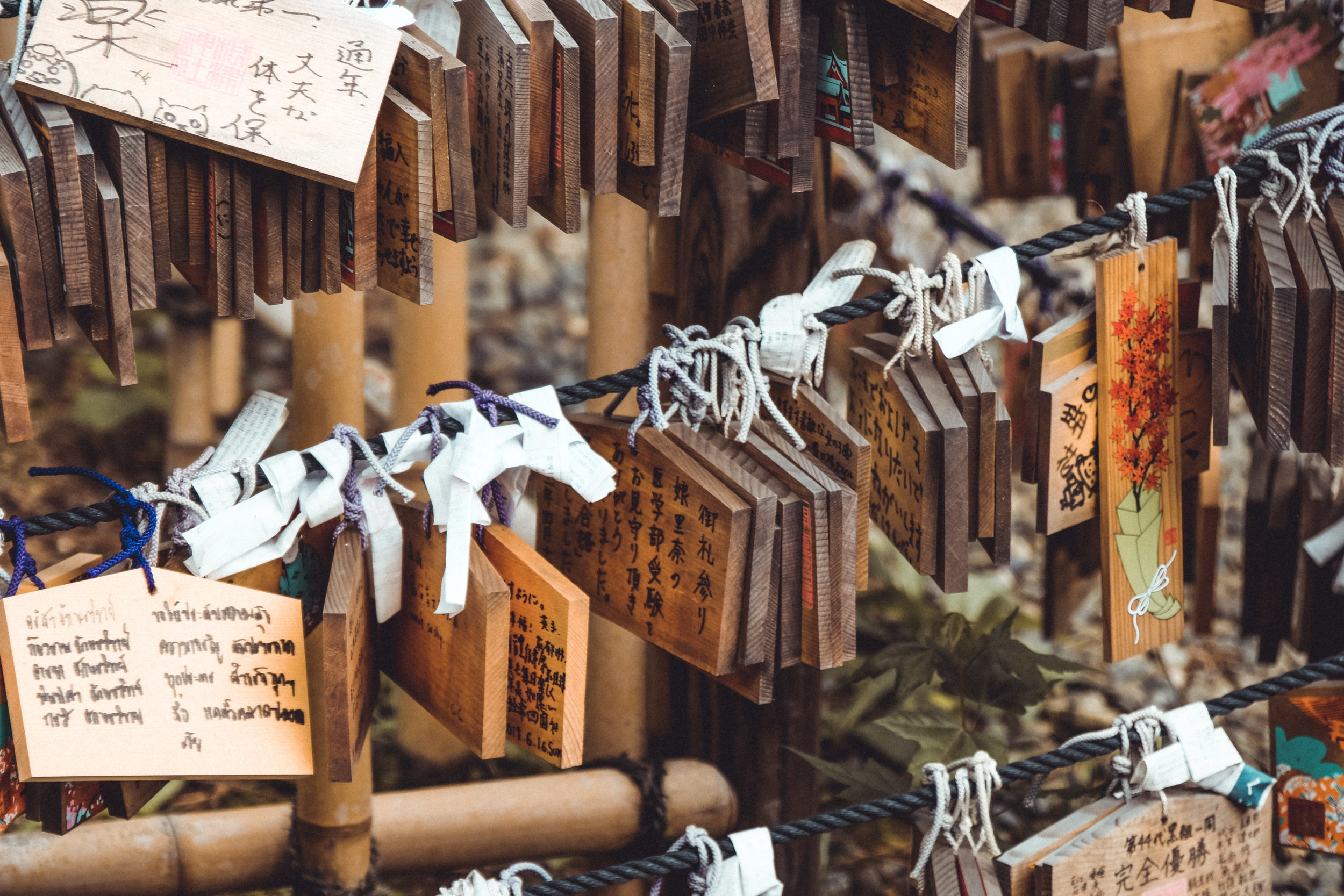
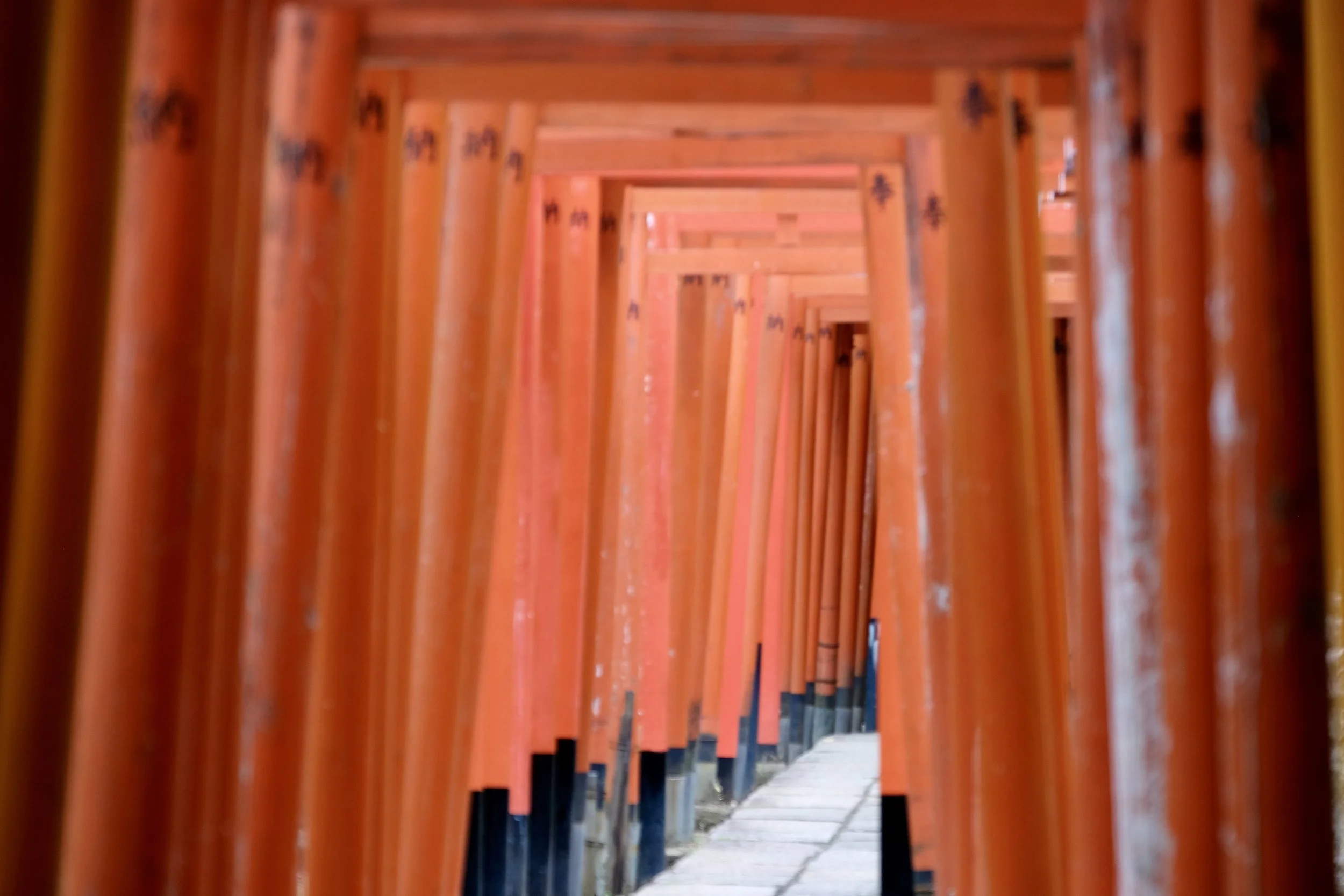
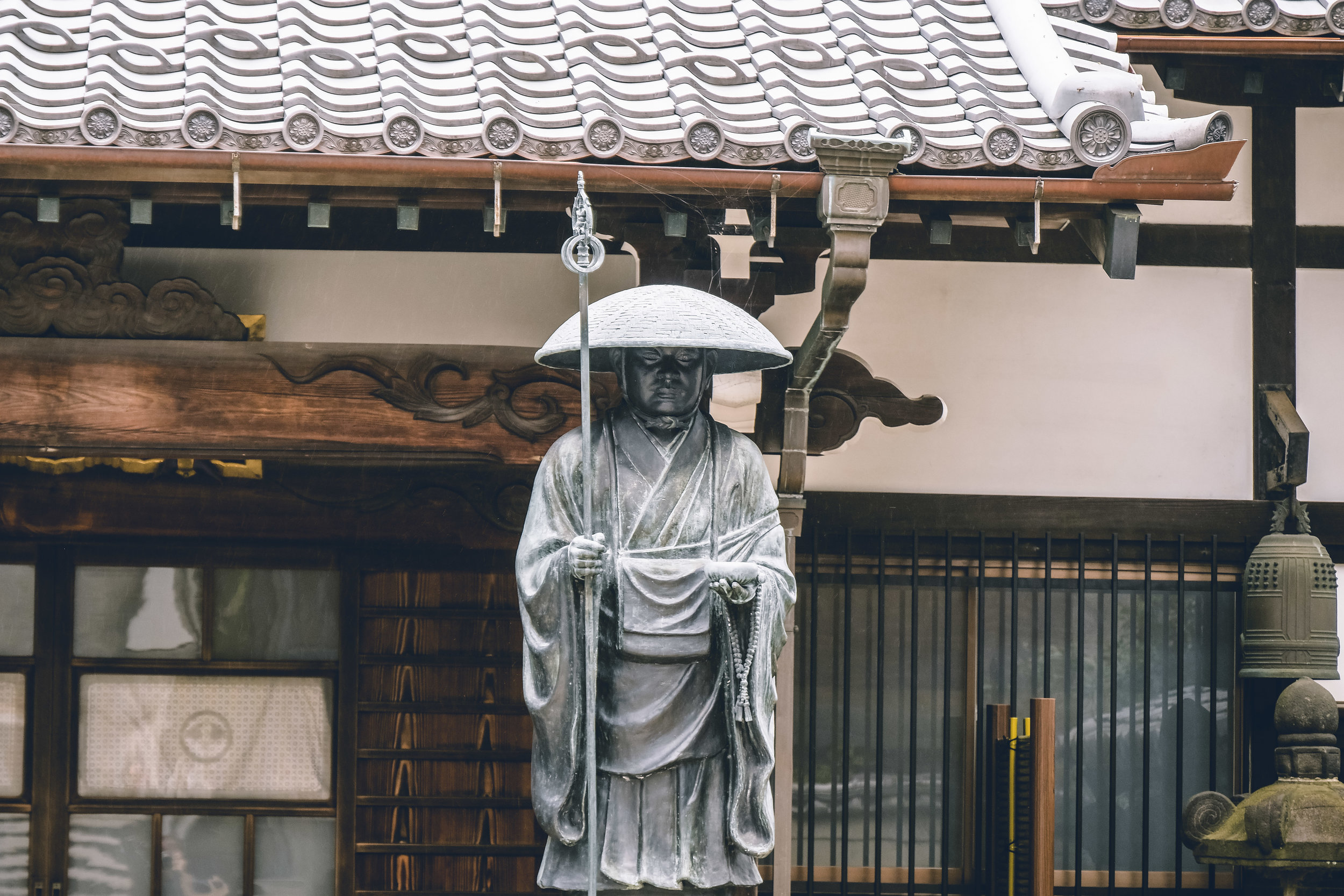
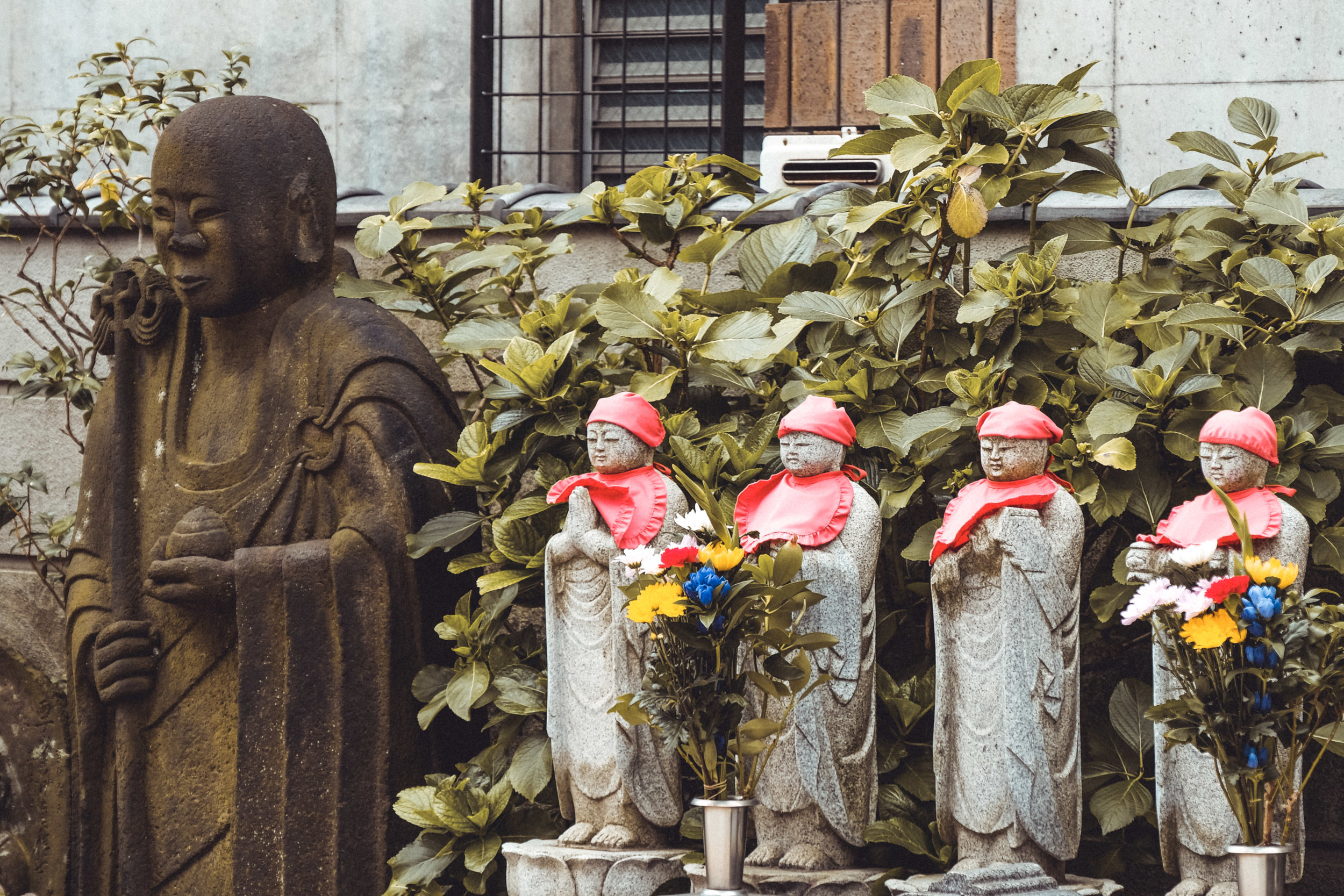

The shrine is kind of a Fushimi Inari in miniature. Or so I imagine. I’ve never been to Kyoto, so I can’t really say, but it has the familiar orange gates and lush forest-like setting. It’s a nice place to spend an hour or so in the morning before the city gets going.
From there I wandered residential village streets towards the Yanaka Ginza shopping street. En route I encountered more small temples than I can count, each with a small crowded cemetery. In the quiet of the morning it all felt strangely morbid, but also appeared quite beautiful.
Yanaka Coffee
By the time I arrived in Yanaka, the local coffee shop was just opening its doors. The friendly young proprietors poured me a proper coffee. It’s welcome. In China the best you can hope for is an Americano, a poor approximation of a traditional brew. The tiny shop was packed with beans from various regions and I was tempted to take some back, but opted against it. I didn’t have much room in my luggage and wasn’t sure what other treasures I might find.
People began to emerge on the streets of Yanaka as the shops opened. The quiet of my morning walk through Nezu replaced by hushed hustle of tourists sampling the wares of the local shopkeepers. Banner promotions in Japanese calligraphy draped the sides of the narrow pedestrian street. This was the Tokyo I was looking for, though i didn’t know if it was an authentic representation of the Tokyo of old or tourist bureau recreation. I suppose it doesn’t much matter. So much of Tokyo was destroyed during the Second World War any retention of its roots should be appreciated.
I spent an hour or so just perusing. I walked up the steps that mark the entrance to the shopping street and sat there awhile enjoying the influx of people and snapping a picture here and there. When I was ready to make my way back I stopped in a little pottery shop I’d marked before. I struck up a friendly conversation with the owner who seemed genuinely interested in what had brought me there. I found a couple of small tea cups, one a vibrant blue, the other more traditional, purchased them and went on my way.
I maneuvered my way through the now densely trafficked street and back to the main thoroughfare. I consulted my map to orient myself and set off toward the Sendagi station. Quickly I was back in the familar Tokyo. The one that remains a bit of a mystery to me. The modern and unknowable one where treasures are sure to be found if only you know where to look.
